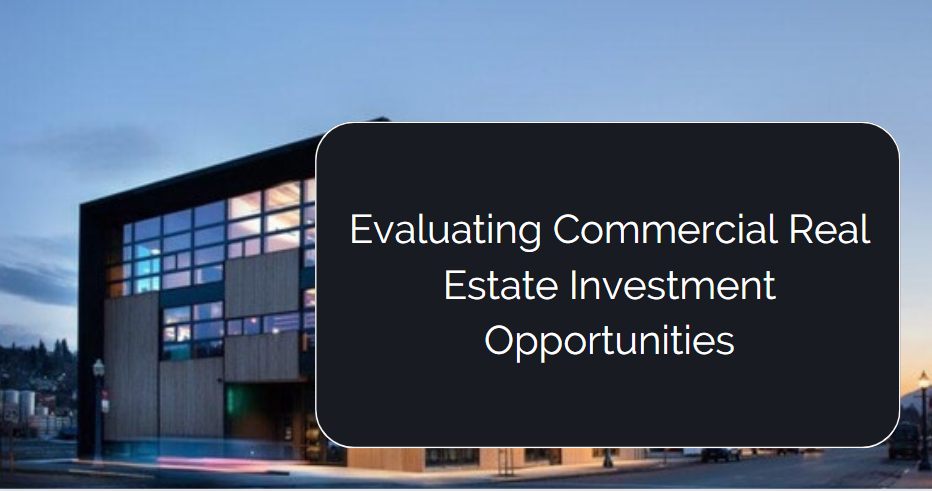When analyzing potential commercial real estate investments, experienced investors weigh a variety of factors to determine asset quality and upside potential. Some key considerations across classes include:
Market fundamentals - Occupancy and absorption rates, lease terms, tenant credit profiles, competition levels, demographics, employment trends, and pricing dynamics in the submarket. These indicate risk and growth potential.
Operating history - Past performance in occupancy, income, and expenses reveals the asset’s positioning. Historical cap rate trends also provide context.
Condition/Configuration - Building age, maintenance needs, layout, and amenities impact rents and desirability. Newer or renovated assets may warrant premium pricing.
Location - Accessibility, traffic counts, visibility, parking, walkability, and area amenities affect tenant demand. Some high-traffic areas command higher rents.
Management practices - Operational and financial management influence net operating income. Better-managed assets tend to perform more efficiently.
Upside potential - While all classes offer potential, Class A assets provide stability while B/Cs may allow for greater value-add upgrades.
While no perfect rules apply across the board, analyzing assets from multiple lenses provides a more complete picture when underwriting. Experienced investors consider both quantitative and qualitative factors to determine the strategic fit and upside for a more informed perspective on pursuing any investment.



